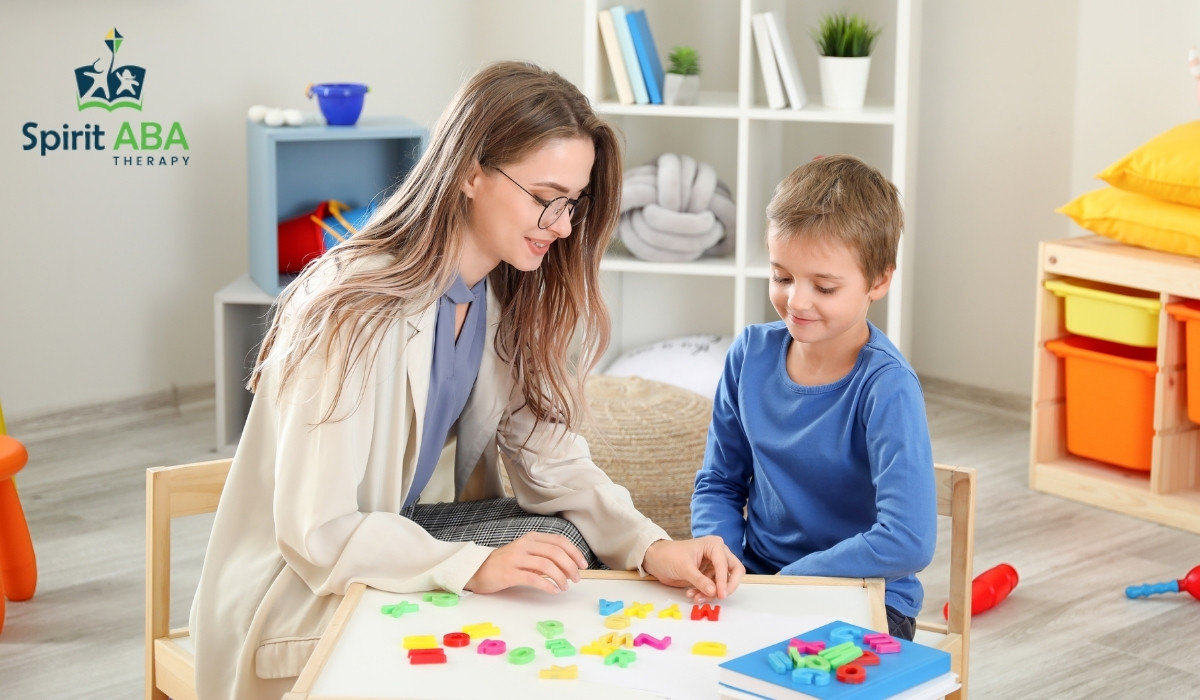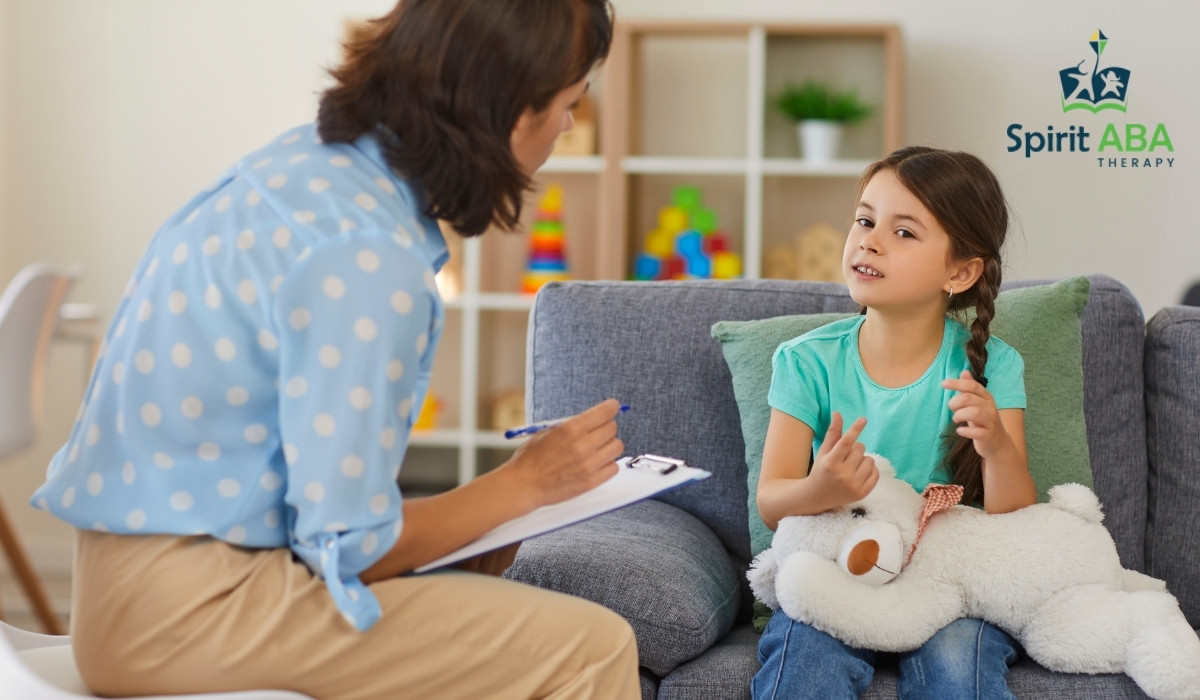Key Points:
- ABA therapy uses structured techniques to help children with autism develop essential skills in communication, social interaction, and daily living.
- Parents can actively support their child’s development by understanding and implementing core ABA strategies at home.
- Using evidence-based approaches like discrete trial training, natural environment teaching, and social stories can improve confidence, independence, and overall progress.
Autism can present unique challenges for children and their families, but Applied Behavior Analysis (ABA) therapy provides a structured, evidence-based approach to support growth and skill development. Parents play a critical role in this process, and understanding ABA therapy techniques can empower families to actively contribute to their child’s progress.
Here, we explore seven essential ABA therapy techniques every parent should know, detailing practical applications, tips for home use, and how these strategies can foster meaningful progress for children on the autism spectrum.
Discrete Trial Training (DTT)
Discrete Trial Training, or DTT, is one of the most well-known ABA techniques. It breaks down skills into small, manageable steps and teaches them through structured, repeated trials. Each trial has a clear beginning, middle, and end, typically involving a prompt, the child’s response, and a reinforcement.
Parents can support DTT at home by creating a quiet, distraction-free environment and following consistent routines. Reinforcement can be anything motivating to the child, such as praise, small toys, or preferred activities. The key is repetition and consistency, which helps the child learn new skills faster and generalize them across different settings.
Tips for parents using DTT:
- Keep sessions short, typically 5–10 minutes, to maintain attention.
- Use clear, simple instructions to reduce confusion.
- Track progress by recording responses and gradually reducing prompts as skills improve.
 Natural Environment Teaching (NET)
Natural Environment Teaching (NET)
Unlike DTT’s structured approach, Natural Environment Teaching focuses on learning within everyday situations. This technique uses naturally occurring opportunities to teach skills, making learning more functional and meaningful.
For example, if a child wants a snack, parents can use this moment to practice requesting, sharing, or expressing preferences. The goal is to encourage communication and social skills in contexts the child naturally encounters. NET also helps children generalize skills across different people, locations, and situations, which is critical for long-term success.
Ways to implement NET at home:
- Turn daily routines like snack time, dressing, or playtime into learning opportunities.
- Follow the child’s lead to make interactions motivating.
- Use positive reinforcement immediately when the child demonstrates the desired skill.
Positive Reinforcement
Positive reinforcement is a cornerstone of ABA therapy. It involves providing a reward immediately after a desired behavior to increase the likelihood that the behavior will be repeated.
Parents can use positive reinforcement for everything from completing chores to expressing emotions appropriately. The key is identifying what the child finds motivating. Rewards don’t always have to be tangible; praise, high-fives, or extra playtime can be highly effective.
Examples of positive reinforcement:
- Offering a small toy or snack when the child uses words to request something.
- Praising a child for following instructions independently.
- Providing extra playtime when a new skill is successfully completed.
Social Stories
Social stories are brief narratives that explain social situations and guide children on expected responses. They are particularly helpful for children who struggle with understanding social cues or handling transitions.
Parents can write simple, personalized stories that depict real-life scenarios, such as greeting a neighbor, waiting in line, or sharing toys. Reading these stories regularly helps children anticipate situations and practice appropriate behaviors in a safe, predictable way.
Tips for creating effective social stories:
- Keep sentences short and descriptive.
- Include both the situation and appropriate behavior responses.
- Use illustrations or visual supports to enhance understanding.
Prompting and Fading
Prompting involves providing guidance or cues to help a child perform a skill, while fading gradually reduces that support as the child becomes more independent. This technique ensures the child can succeed without becoming reliant on prompts.
Parents can start with physical guidance, such as hand-over-hand assistance, then move to verbal cues, and eventually allow the child to respond independently. Fading helps build confidence, autonomy, and generalization of skills across settings.
Common prompt types:
- Physical prompts: guiding the child’s hands or body movements.
- Verbal prompts: giving instructions or hints.
- Visual prompts: using pictures, gestures, or written cues.
Task Analysis
Task analysis breaks complex tasks into smaller, teachable steps. This is particularly helpful for teaching multi-step skills like brushing teeth, dressing, or preparing a snack. Each step is taught individually, then linked together to complete the entire task.
Parents can use task analysis to provide clear, manageable instructions, making it easier for children to learn independently. By celebrating each step mastered, children gain confidence and motivation to complete more complex tasks.
Implementing task analysis at home:
- Identify the complete task and its component steps.
- Teach each step individually with clear instructions.
- Provide reinforcement for completing each step successfully.
- Gradually chain the steps together to complete the full task.
 Functional Communication Training (FCT)
Functional Communication Training (FCT)
Functional Communication Training focuses on teaching children to express needs and desires effectively, reducing problem behaviors that stem from frustration or inability to communicate.
Parents can implement FCT by modeling simple words, gestures, or using picture exchange systems. Encouraging the child to request items, ask for help, or express emotions through functional communication promotes independence and reduces challenging behaviors.
Strategies for FCT at home:
- Use consistent language or visual cues for common requests.
- Immediately respond to communication attempts to reinforce usage.
- Practice communication in multiple settings to generalize skills.
Guiding Families Through Every Step of ABA Therapy
ABA therapy is not just about teaching skills—it’s about empowering families and supporting children in achieving meaningful progress. At Spirit ABA, we help parents understand and apply these techniques, creating a collaborative environment where children can thrive. Our team tailors therapy plans to each child’s needs, ensuring that skill-building is both effective and enjoyable.
Whether you’re in Nebraska, Colorado, or Iowa, ABA therapy can help your child develop communication, social skills, and confidence. Understanding techniques like discrete trial training, natural environment teaching, and functional communication training can make a tangible difference at home. If you’re ready to support your child’s growth through structured, evidence-based strategies, Spirit ABA is here to guide your family every step of the way. Contact us today to learn more about ABA therapy in Nebraska, Colorado, and Iowa.


